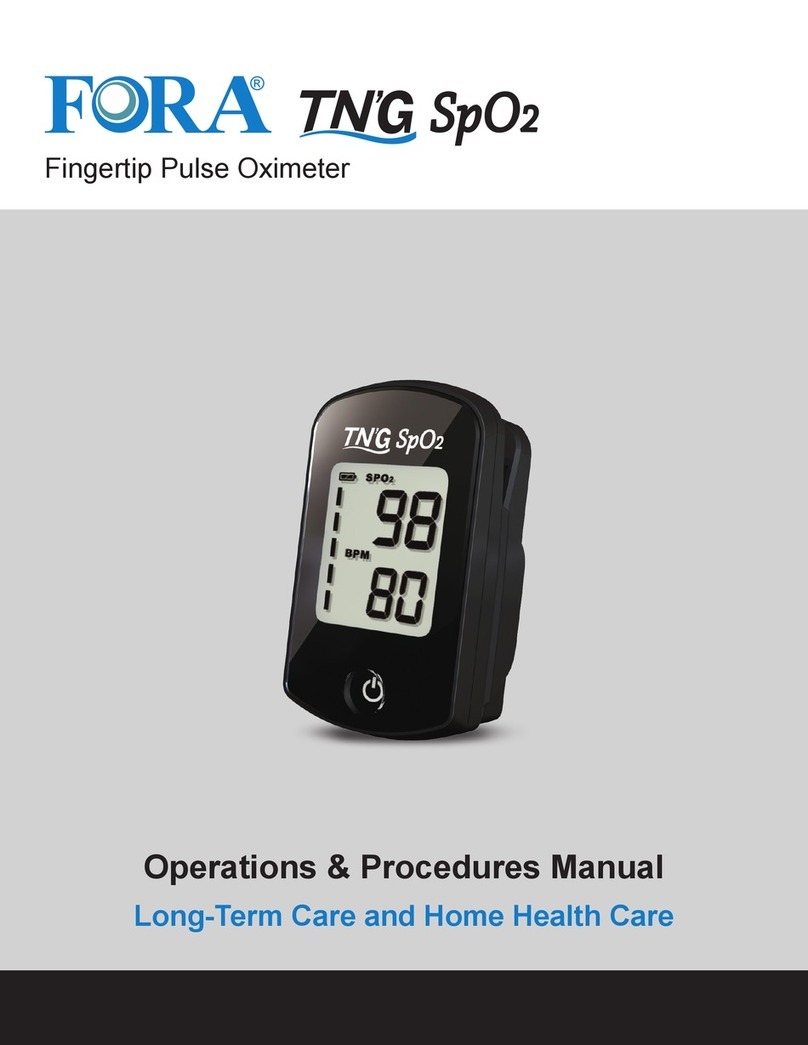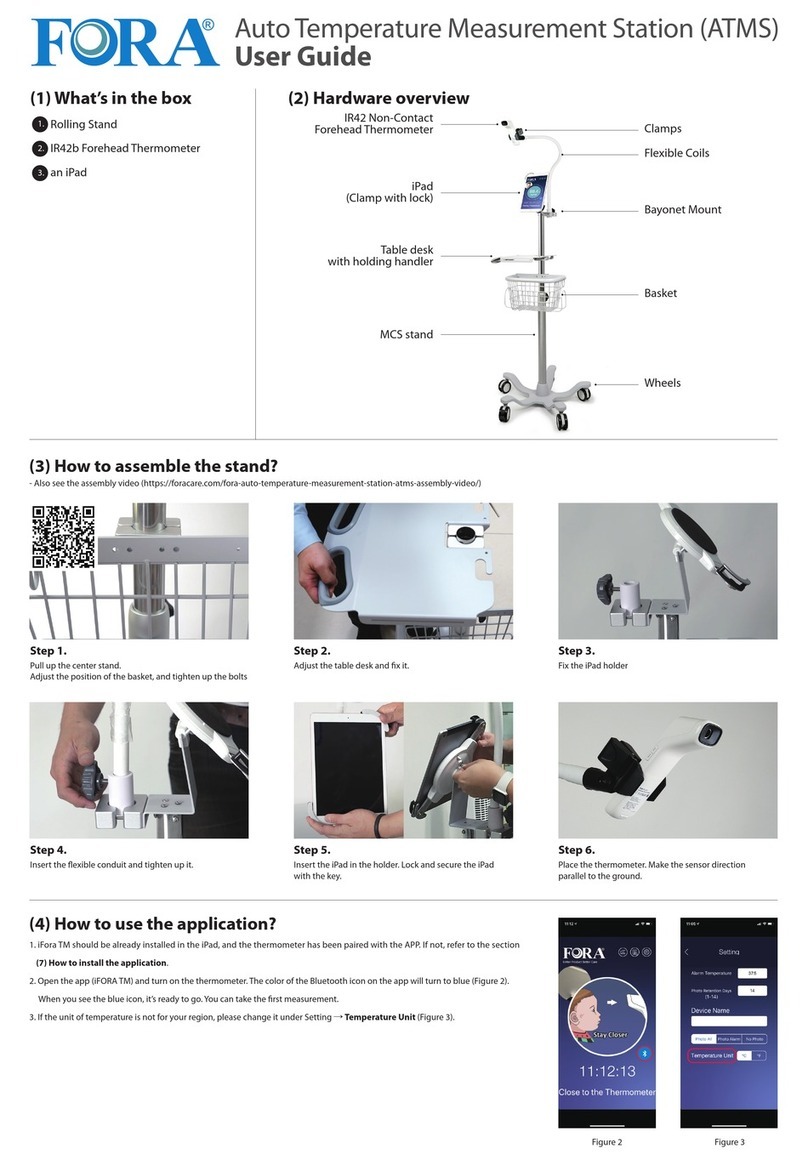
7
Table of Contents
INTRODUCTION ........................................................................................................................... 9
Intended Use ......................................................................................................................... 9
Main measurement function ................................................................................................ 9
Contents of System .............................................................................................................. 9
Monitor Overview................................................................................................................ 10
Before Measurement - Connecting Accessories.............................................................. 11
Monitor Main Display Area ................................................................................................. 15
Monitor Functions............................................................................................................... 20
Print ............................................................................................................................... 20
Print ........................................................................................................................... 21
Menu.............................................................................................................................. 21
PERFORM MEASUREMENTS.................................................................................................... 44
SpO
2
Measurement ............................................................................................................. 44
Blood Pressure Measurement ........................................................................................... 46
STAT .............................................................................................................................. 47
ECG Measurement.............................................................................................................. 48
Glucose Measurement........................................................................................................ 52
Before You Begin ........................................................................................................... 52
The Four Measuring Modes........................................................................................... 56
Before Testing................................................................................................................ 56
Testing With Blood Sample............................................................................................ 58
Maintenance .................................................................................................................. 61
System Troubleshooting ................................................................................................ 65
Detailed Information....................................................................................................... 66
Temperature Measurement ................................................................................................ 67
Before You Begin ........................................................................................................... 67
Replacing the Battery .................................................................................................... 69
Using the Device............................................................................................................ 70
Recalling the Memory .................................................................................................... 71
Care & Cleaning ............................................................................................................ 71
ALARM AND MESSAGE ............................................................................................................ 73
TAKING CARE OF THE MONITOR ............................................................................................ 76
Cleaning/ Disinfection ........................................................................................................ 76
Vital-sign Monitor ........................................................................................................... 76
Blood Pressure Cuff....................................................................................................... 76
Cables and Pressure Hose............................................................................................ 76
Temperature Sensor ...................................................................................................... 76
SpO
2
Sensor.................................................................................................................. 77
Battery Removal and Replacement ................................................................................... 77































